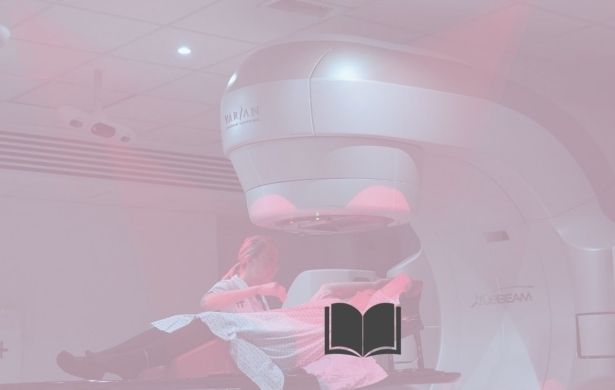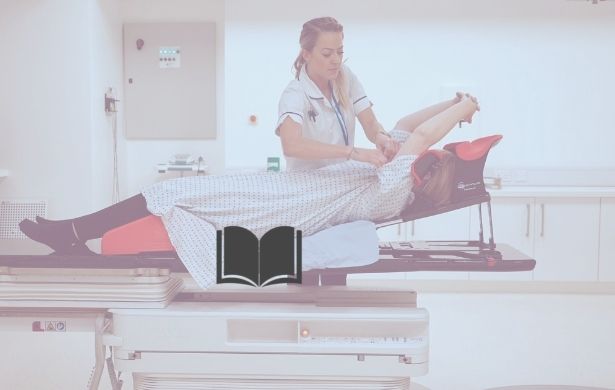Publications

SBRT in DIBH utilizing SGRT and IGRT is feasible and results in significantly lower irradiated volumes.1
1 Naumann P at al. Feasibility of Optical Surface-Guidance for Position Verification and Monitoring of Stereotactic Body Radiotherapy in Deep-Inspiration Breath-Hold. Front. Oncol. 10:573279, 2020.

SG-SBRT improved pre-imaging treatment setup compared to in-room laser localization alone. It decreased the necessity of orthogonal kV imaging prior to CBCT but did not affect the average number of CBCTs acquired for setup.2
2 Leong B et al. Impact of Use of Optical Surface Imaging on Initial Patient Setup for Stereotactic Body Radiotherapy Treatments. Journal of Applied Clinical Medical Physics 2019; 20 (12):149-158.

Surface-guided radiation therapy provides initial setup within 5 mm for patients treated with SBRT and can be used in place of skin marks or planar kV imaging prior to CBCT. In addition, continuous monitoring with SGRT during treatment was valuable in detecting potentially clinically meaningful intrafraction motion and was comparable in magnitude to shifts from additional CBCT scans. PTV margin reduction may be feasible for SBRT in the lung and abdomen when using SGRT for continuous patient monitoring during treatment.3
3 Heinzerling JH et al Use of surface-guided radiation therapy in combination with IGRT for setup and intrafraction motion monitoring during stereotactic body radiation therapy treatments of the lung and abdomen J Appl Clin Med Phys. 2020 May;21(5):48-55.

This work compares shift consistency from three independent systems, namely Varian's Advanced Imaging, Brainlab's Exactrac and Varian's OSMS, all installed on the same linear accelerator. After a phantom was first positioned using conebeam CT, the three systems were used to determine shifts at different couch positions. This was done with and without intentional shifts inserted in the original phantom position. Results show that the difference in shifts between the three systems was never more than 0.7 mm (average of 0.2 mm, standard deviation of 0.2 mm). These results confirm that all three systems are equivalent to within 1 mm and may potentially be uses interchangeably, especially in cases where the PTV margin is on the order of 1 mm.4
4 Sarkar V, et al. An evaluation of the consistency of shifts reported by three different systems for non-coplanar treatments. Journal of radiosurgery and SBRT 2018;5 (4):323-330.

Peer-reviewed, published data on AlignRT, shows it offers equivalent accuracy to other solutions used for SABR; including systems which rely on additional internal imaging5,6
5 Sarkar V, et al. An evaluation of the consistency of shifts reported by three different systems for non-coplanar treatments. Journal of radiosurgery and SBRT 2018;5 (4):323-330.
6 Wiant D, et al. Direct comparison between surface imaging and orthogonal radiographic imaging for SRS localization in phantom. Journal of Applied Clinical Medical Physics; 2019; 20 (1): 137-144
6 Wiant D, et al. Direct comparison between surface imaging and orthogonal radiographic imaging for SRS localization in phantom. Journal of Applied Clinical Medical Physics; 2019; 20 (1): 137-144

The inter-fractional patient setup accuracy was significantly better using AlignRT compared to laser alignment with skin marks. Reducing the frequency of CBCT scans reduces imaging dose and overall treatment time.7
7 Rudat V, Shi Y, Zhao R, Xu S, Yu W. Setup accuracy and margins for surface-guided radiotherapy (SGRT) of head, thorax, abdomen, and pelvic target volumes. Sci Rep. 2023 Oct 9;13(1):17018. doi: 10.1038/s41598-023-44320-2
